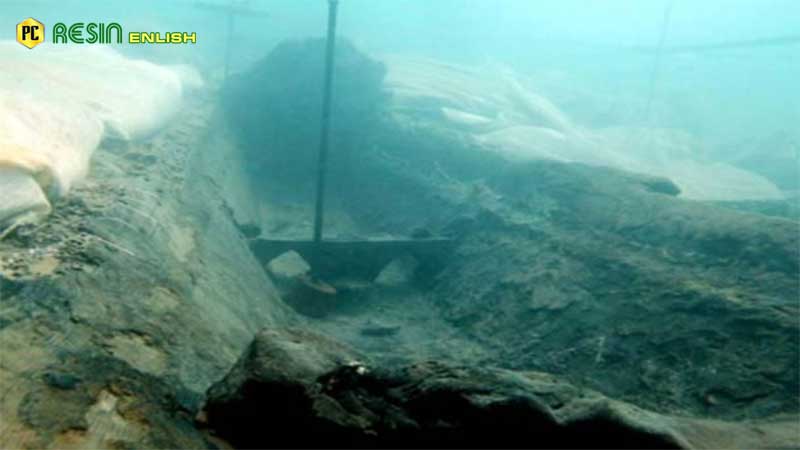A ship that sank 2,600 years ago off the coast of Sicily contained a legendary metal that the ancient Greeks said was discovered in the lost city of Atlantis.

One of the most puzzling mysteries of human civilisation is the disappearance of the Atlantis city. The interesting city, which was mentioned in numerous of the greatest writings of the Greek philosopher Plato, disappeared into thin air 11,000 years ago.
Many believe that the Atlanteans used their formidable spacecraft and ships to migrate to another planet rather than dissolve. On the other hand, others contend that the city’s degree of corruption and power threatened its future by triggering a devastating nuclear conflict that changed the face of the region.
All of the orichalcum was lost when the fabled island of Atlantis sank under the waves. The worth of the fabled cast metal was said to be second only to gold. According to a team of divers, 39 blocks of orichalcum were found on the bottom in Sicily in a shipwreck from the sixth century.
The 2,600-year-old ship, which was delivering the metal to Gela in southern Sicily when it was caught in a storm and drowned around 300 meters (1,000 feet) from the harbor, was probably from Greece or someplace in Asia Minor.
Sebastiano Tusa, the Sea-Sicily Region’s administrator Famous archaeologist Professor Sebastiano Tusa from Sicily’s Office of the Superintendent of the Sea suggested that the buried ship’s debris was probably where the fabled red metal known as Orichalcum was discovered.
One of the “orichalcum” masses discovered on the seafloor off the southern Sicilian coast of Gela
Sebastiano Tusa of Sicily’s Sea Office claims that “nothing like has ever been found.” We were familiar with orichalcum through historical documents and a few decorative items. The metal, according to Plato’s Critias, was exclusively mined in Atlantis and used to line the interior of Poseidon’s temple.

Today’s experts concur that orichalcum is an alloy similar to brass that was formerly created by combining zinc ore, charcoal, and copper metal. According to Discovery, the metal that was found in the recently unearthed ingots was an alloy consisting of 75 to 80 percent copper, 15 to 20 percent zinc, and trace amounts of nickel, lead, and iron.
The entire wreckage is currently being excavated by Tusa’s crew, which might provide further information about ancient artisan workshops.
It is unlike anything that has ever been found. We learned about orichalcum via ancient writings and ornamental objects. Orichalcum is said to have been created by a mythological Greek figure named Sebastiano Tusa, Professor Cadmus. The legendary metal of Atlantis, Orichalcum, has a long and glorious past. Scientists have debated and investigated the metal’s composition and origin for for a century.
According to Greek mythology, the Orichalcum was created by the mythical character Cadmus. Plato referred to orichalcum as a mythical metal during the discussion with Critias. Orichalcum is claimed to emit a bright crimson light that once lit up the lost city of Atlantis.

The metal, which is second only to gold in value, was extracted from Atlantis and used to coat the whole Temple of Poseidon. Plato. Most experts agree that the Orichalcum is a copper alloy produced by carburizing. Zinc ore, carbon, and copper metal are all mixed together in a crucible during the process of carburizing.
39 Atlantis ingots were made of an alloy that had 75–80% copper, 14–20% zinc, and smaller amounts of nickel, lead, and iron, according to an X-ray fluorescence analysis.
The importance of the discovery was explained by Professor Tumus, who said: “The discovery shows that Gela evolved to become a city packed with workshops of artists specializing in the production of precious items a century after its creation in 689 BC.”





